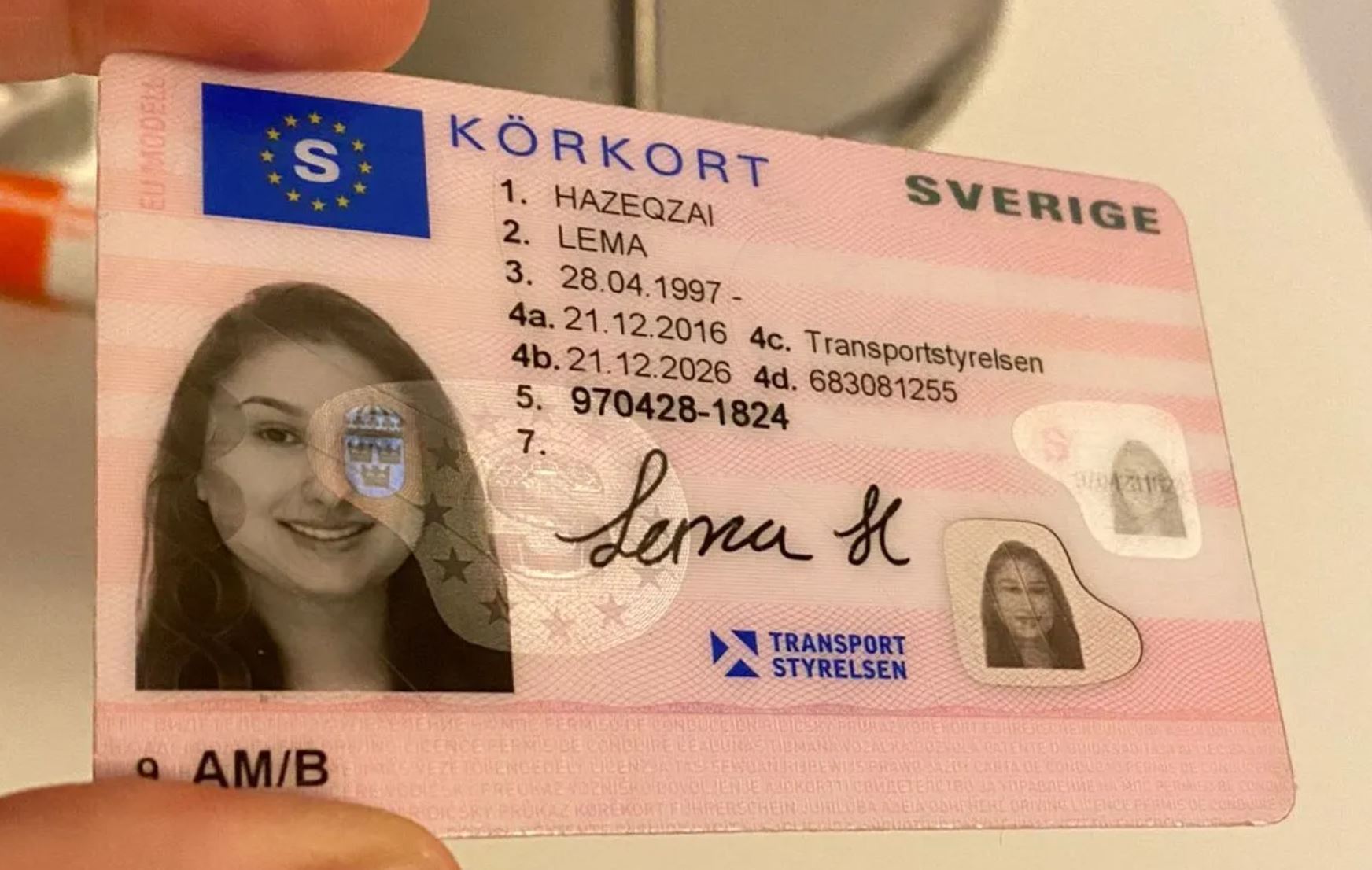The Future of Driving Licenses: ID Handling in 2025
As technology continues to evolve at an extraordinary rate, various sectors are welcoming innovations to boost user experience and effectiveness. One of the areas experiencing considerable transformation is identity management, especially concerning driving licenses. With Köp Snabbt Körkort of digital licenses and advanced identification approaches, the landscape of driving license ID handling is expected to go through significant changes by 2025. This post checks out the expected developments in driving license ID handling, the ramifications for users, and responses regularly asked concerns about the future of driving licenses.
The Evolution of Driving Licenses
Driving licenses have actually typically acted as a way of identifying a person's authority to operate an automobile. They also serve multiple secondary functions, including age verification and identity verification for banking and travel. Nevertheless, the physical card system has restrictions, including threats of counterfeiting, loss, and outdated information. As society seriously counts on efficient and protected identification systems, the transition towards digital licenses is becoming increasingly popular.
Existing Trends in Driving License ID Handling
- Digital Licenses: Many states are piloting digital driving licenses that allow users to keep their qualifications on their mobile phones. These digital licenses are developed with advanced security functions, including biometric information, and can be scanned or shared firmly.
- Blockchain Technology: Some jurisdictions are checking out blockchain to enhance the security and credibility of driving licenses. This innovation guarantees that details can not be damaged and that the information is easily verifiable.
- Facial Recognition: Increasingly used in recognition practices, facial acknowledgment technology can accelerate the process of verifying a person's identity against their driving license. This innovation also helps decrease fraud and maintain the integrity of the licensing systems.
- Multi-Functional Licenses: Future driving licenses may integrate additional functions such as health records, travel paperwork, and even payment systems, offering an extensive identity solution.
The Benefits of Digital Driving Licenses by 2025
The shift towards digital driving licenses presents a number of advantages, consisting of:
- Convenience: Users can access their licenses anytime, which eliminates the requirement for physical cards. This is particularly useful when people forget their license, as digital copies can be recovered rapidly.
- Security: Advanced security steps can reduce the danger of identity theft, fraud, and unauthorized duplication. Digital licenses typically consist of encryption and biometric confirmation.
- Performance: Reduced wait times at government offices and throughout traffic stops, as law enforcement can verify digital licenses immediately.
Ramifications for Users
While the improvements in driving license ID dealing with present many benefits, they likewise include challenges. Users need to adapt to new innovation and guarantee they understand the changes and their implications. Here are some considerations:
- Privacy Concerns: With increased digital footprints, there will be heightened issues over data privacy and how biometric data is kept and utilized.
- Availability Issues: Individuals without access to smart devices or digital innovations might deal with barriers to acquiring and using digital licenses.
- Regulatory Compliance: With various jurisdictions adopting different systems and procedures, users must be aware of their regional laws relating to digital licenses and identification.
Expected Changes in Driving License ID Handling by 2025
| Element | Present Status | Expected Change by 2025 |
|---|---|---|
| License Format | Physical cards | Predominantly digital licenses |
| Verification Process | Manual checks | Automated biometric confirmation |
| Security Measures | Basic holograms and features | Advanced file encryption and blockchain |
| Jurisdictional Differences | Fragmented procedures throughout states | More standardized national systems |
| User Interaction | In-person renewals and checks | Mobile applications for management |
FAQs
1. What is a digital driving license?A digital driving license is an electronic version of a standard driving license that is stored on a mobile phone. It can be used for recognition and verification in various situations, with improved security features to prevent fraud.
2. How will digital licenses improve security?Digital licenses make use of encryption and biometric data, making them harder to create or abuse compared to traditional cards. Furthermore, blockchain innovation can guarantee information credibility and stability.
3. Will everyone be needed to change to a digital license?While lots of jurisdictions are approaching digital licenses, regulations might differ. Users are encouraged to consult their regional licensing authorities for specific standards.
4. What are the potential drawbacks of digital licenses?Some potential drawbacks consist of personal privacy issues relating to information storage, accessibility concerns for individuals without smart devices or digital literacy, and the requirement for a robust regulatory structure to manage security and user rights.
5. How can I prepare for the shift to digital licenses?Stay informed about local efforts regarding digital licenses, explore readily available mobile applications for handling identification, and cultivate digital literacy to navigate brand-new technologies confidently.
The future of driving licenses and ID handling is poised for significant evolution by 2025. As digital licenses become more prevalent, users will experience enhanced security, convenience, and effectiveness. Nevertheless, along with the advantages come difficulties that will require public awareness and adaptation. Stakeholders should focus on education, regulation, and ease of access to make sure a smooth transition that empowers individuals with the identification tools of the future. As innovation advances, so too will the techniques through which society manages identity, especially important in processes as fundamental as operating a motor car.

